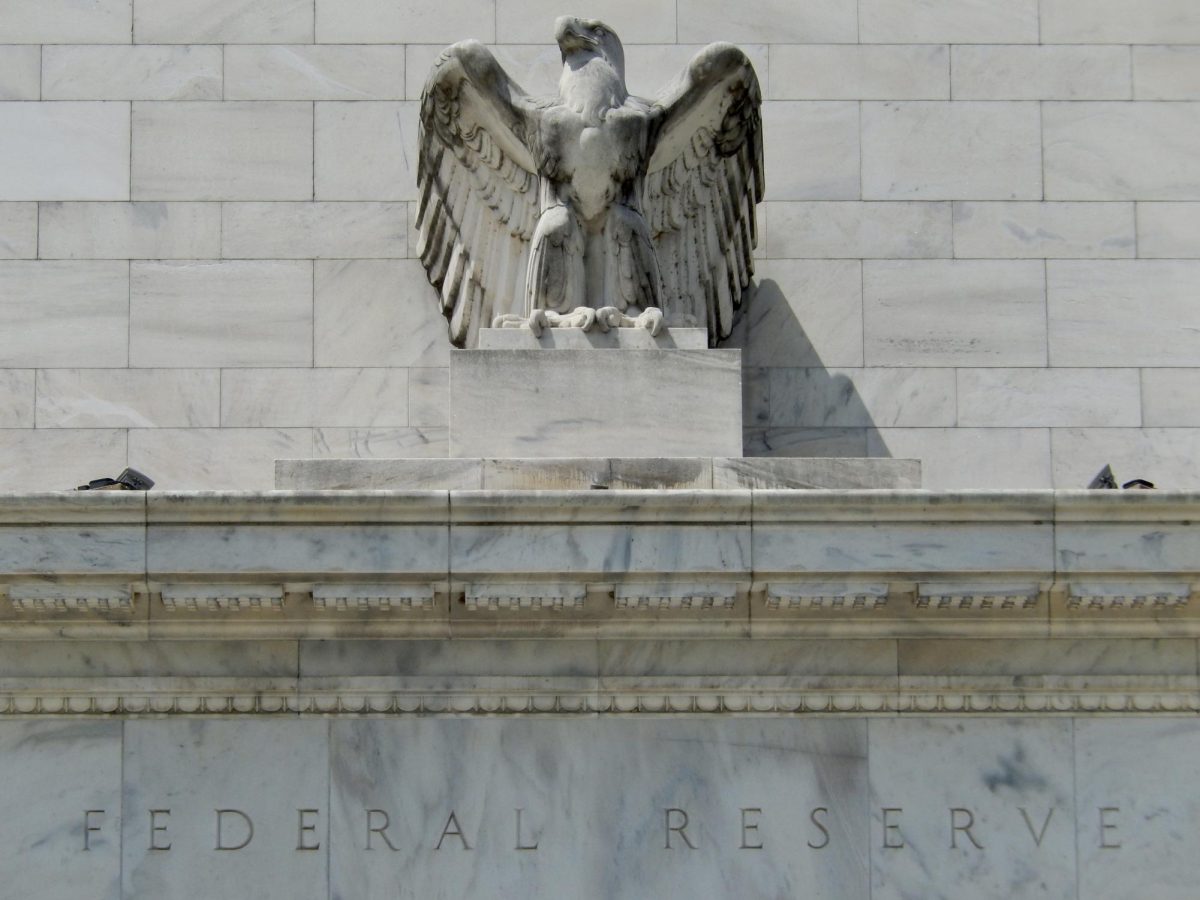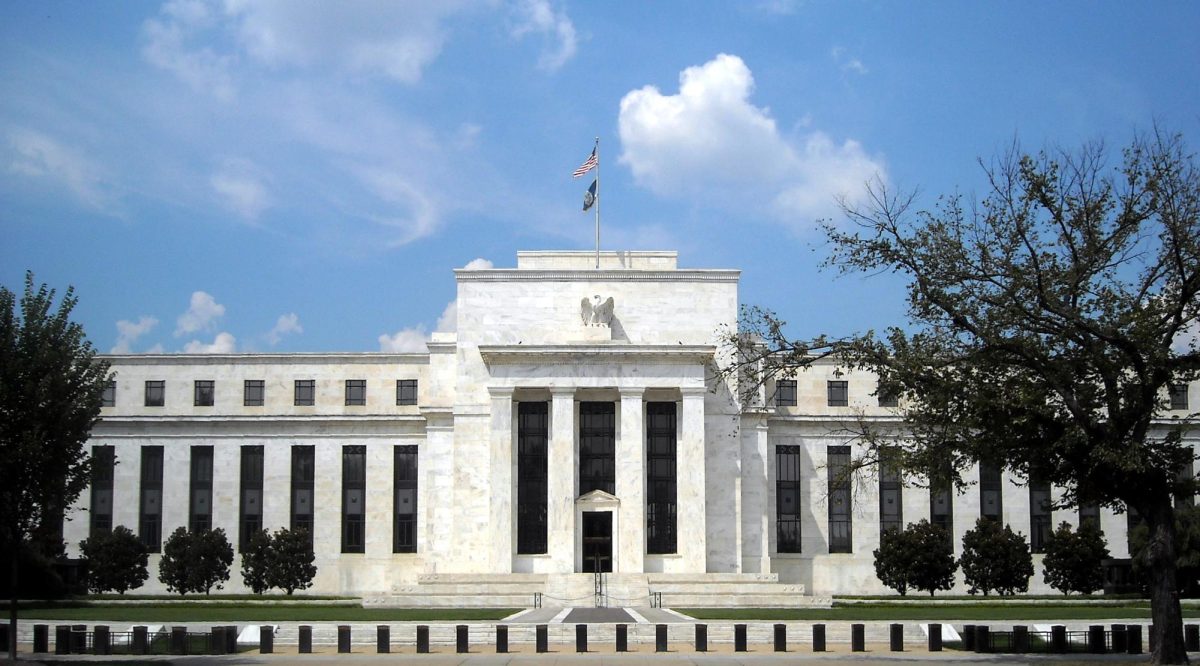The outlook for the U.S. economy this year is a canvas painted with recovery, growth and a myriad of challenges that demand strategic navigation.
Investors and the market are feeling quite optimistic with the announced hike cuts. But the Federal Reserve is taking precautions. The Fed penciled in only three cuts in 2024 as it still sees much uncertainty for inflation to continue to go downward to the 2% target.
The personal consumption expenditures price index only rose 2.6% in the 12 months ended in November, lower than the four-decade peak of 7.1%. The core index rose 3.2% during the same period.
Furthermore, the U.S. Bureau of Labor Statistics reported the nation added 216,000 jobs in December 2023 — an amount that surpassed expectations — and the unemployment rate held steady at 3.7%. Resilience characterized the 2023 labor market.
In 2024, the United States will emerge from the shadows of the COVID-19 pandemic and is gradually reclaiming economic stability.
Central to this economic recovery is the dynamic of the labor market and the restoration of consumer confidence. The unemployment rate, which soared during the pandemic’s peak, is on a projected downward trajectory.
Although the prices of some consumer items are lower and real wages are rising more than inflation, price levels in aggregate are still high and people are still affected by inflation.
The looming concern is the specter of inflation. While moderate inflation is a common accompaniment to economic growth, the Fed is treading cautiously to ensure that it remains under control.
Several small businesses are experiencing tighter credit conditions and increasing delinquencies.
Additionally, a significant share of properties are expected to be refinanced this year against a backdrop of higher interest rates, continued weakness in the office sector as well as balance sheet pressures faced by some lenders.
The Fed’s 2024 inflation outlook changed from 2.4% to 2.6%. This was due to the ongoing challenges it is still tackling.
Nonetheless, Fed Chair Jerome Powell still sees a soft landing, as he mentions the economy could cool in a way that allowed inflation to abate without huge job losses linked to high inflation and tightening cycles.
“So far, that’s what we’re seeing. That’s what many forecasters on and off the committee are seeing,” Powell said. But “it’s too early to declare victory.”
The United States continues to be a global powerhouse in technological innovation, and this year is poised to be no different, especially with the ongoing progression of artificial intelligence.
This technological leap forward is anticipated to drive productivity gains, create new industries, and enhance the competitiveness of existing ones.
In an era of global interconnectivity, the United States’ economic fate is intertwined with international trade dynamics and geopolitics.
While trade tensions and geopolitical uncertainties may pose challenges, the pursuit of fair monetary and fiscal policies to combat such issues is imperative. Striking this delicate balance between safeguarding domestic industries and fostering global cooperation is necessary for sustained economic growth.
Moreover, ambitious projects aimed at modernizing transportation, clean energy and expanding broadband access are expected to generate jobs, stimulate demand for goods and services as well as bolster overall economic productivity.
As the United States stands on the brink of a new economic era this year, optimism prevails. Recovery, technological innovation and infrastructure investments paint a promising picture.
But vigilance is essential to address inflation concerns and its remaining challenges. Proactive policies, strategic investments and a resilient workforce will be the driving forces behind sustained economic growth in this upcoming year.










